
Hyundai i30 Fastback (2018-2022) review
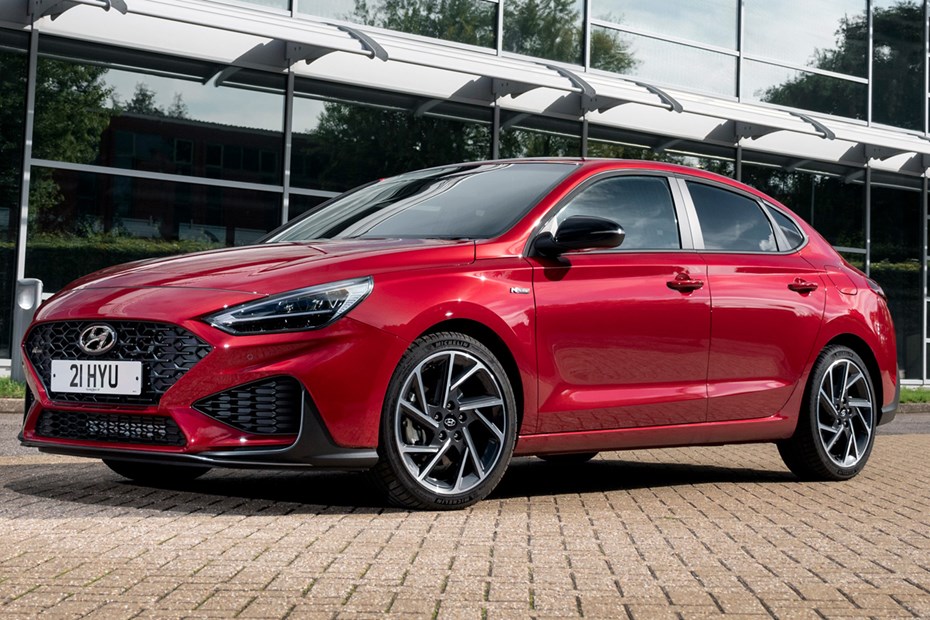
At a glance
| Price new | £20,495 - £36,320 |
|---|---|
| Used prices | £5,386 - £29,935 |
| Road tax cost | £195 |
| Insurance group | 8 - 27 |
Get an insurance quote with

|
|
| Fuel economy | 33.6 - 47.1 mpg |
| Range | 528 - 561 miles |
| Miles per pound | 4.9 - 6.9 |
| Number of doors | 5 |
| View full specs for a specific version | |
Available fuel types
Petrol
Pros & cons
- Punchy 159hp 1.5-litre petrol engine
- Good balance of handling and comfort
- Economical and reliable running gear
- Big boot – but it’s a funny shape
- Hatch offers more rear headroom
- Limited engine and trim-level options
Hyundai i30 Fastback (18-22) rivals
Overview
The Hyundai i30 Fastback is a sportier alternative to the standard i30 hatch, offering buyers an interesting mix of practicality and rakish styling. So, the boot is sized between that of the conventional i30 hatchback and the i30 Tourer estate – but the rear bench is a little more cramped due that sloping roofline.
Because of its rather niche body style, the Hyundai i30 Fastback has few direct rivals. Some alternatives include liftback hatches such as the latest Honda Civic and the Skoda Octavia, as well as more expensive compact saloons like the Mercedes CLA and Audi A3 saloon.
Hyundai gave the Fastback a facelift in 2020, along with the rest of the i30 range. The brand fitted a new front bumper, a more aggressive grille, narrower headlamps and some fresh tail lights. The cabin received a 10.25-inch infotainment system and a seven-inch display set between the analogue instruments – both of which are standard across the car’s line-up.
The i30 Fastback used to have a broad range of engines and trim-levels to choose from but, as the car’s sales figures have proved to be much smaller than the conventional i30 hatchback, Hyundai has narrowed it down to just two options for the sake of efficiency.
Now, the cheapest version is trimmed in Hyundai’s sporty N-Line spec and powered by a 159hp 1.5-litre four-cylinder petrol engine. Standard kit includes 18-inch alloy wheels, a racy body kit, a sports steering wheel, figure-hugging bucket seats and a large exhaust tip.
Above that, there’s the i30 Fastback N Performance which features the same 280hp 2.0-litre four-cylinder petrol engine as the i30 N Performance hot hatchback. It also gets a similar range of cosmetic tweaks, and performance upgrades such as bigger brakes, adaptive dampers and a clever electronic limited-slip differential.
Both the N-Line and N models are available with either a six-speed manual gearbox or a seven-speed dual-clutch automatic. To match its sporty body, the i30 Fastback N-Line’s suspension is also around 25mm lower than the standard car’s – but other than that, technology and equipment is exactly the same as you’ll find on the conventional i30.
Over the next few pages, we’ll review every aspect of the Hyundai i30 Fastback. We’ll take into account its practicality, quality, running costs, interior technology and driving experience so that you can make an informed decision on whether it’s the right car for you.



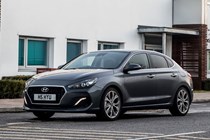
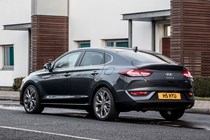
.jpg)
.jpg)
.jpg)
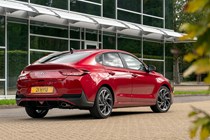


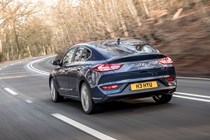
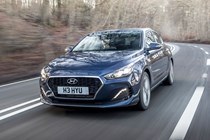
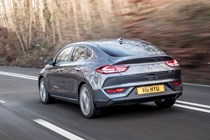

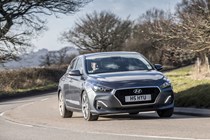

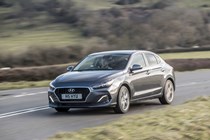
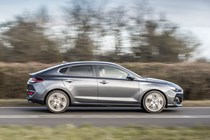
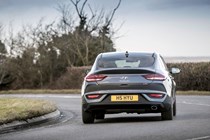
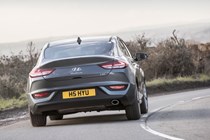
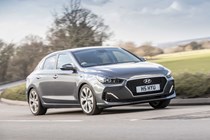
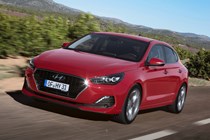
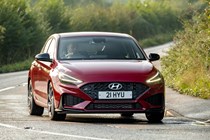
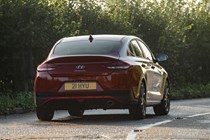

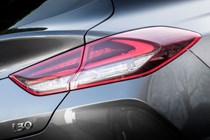
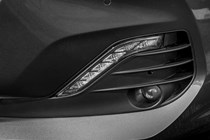
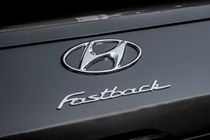
.jpg)
.jpg)
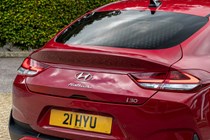
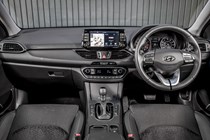
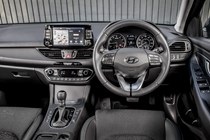
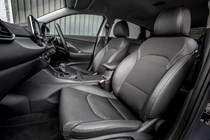
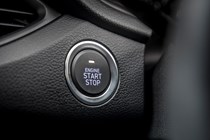
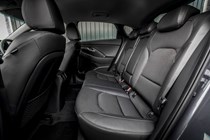
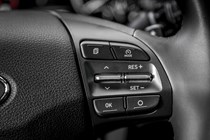
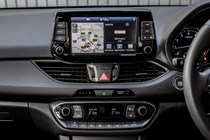
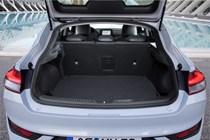
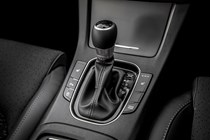
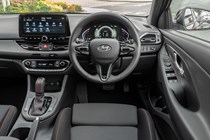
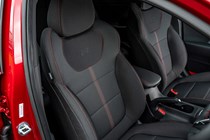
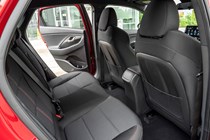
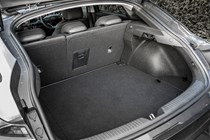
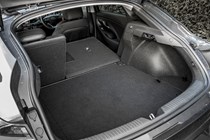


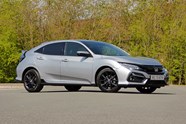




.jpg?quality=50)
.jpg?quality=50)
.jpg?quality=50)





















.jpg?quality=50)
.jpg?quality=50)















